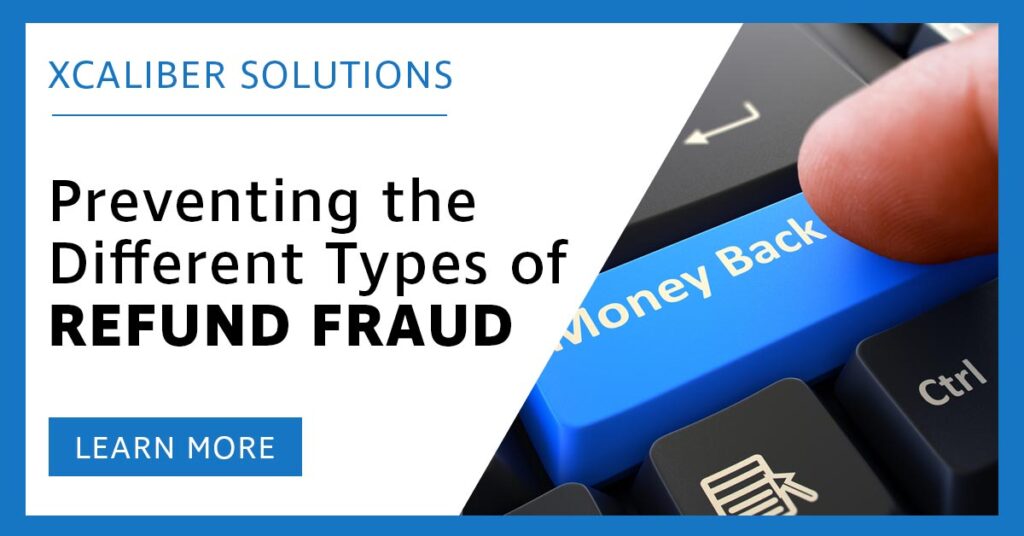Different Types of Refund Fraud and How to Prevent Them

Simply put, refund fraud happens when a customer seeks a refund for goods they have purchased and received – but retains rather than returning the goods.
Many businesses are apt to regard this kind of activity by “bad actors” – but let’s call them fraudsters, for that is what they are – as just an inevitable cost of doing business.
And to believe that the potential cost of alienating loyal customers by questioning legitimate refund requests outweighs the cost of fraudulent claims.
But the rapid growth of online commerce – accelerated by the COVID-19 pandemic – has dramatically increased the opportunities for refund fraud, which is notoriously difficult to combat.
And although it’s also hard to quantify, some industry sources believe that its cost may now even exceed that of chargebacks.
It’s therefore essential that you understand the different types of refund fraud and how to reduce your risk.
Different Types of Refund Fraud
1. Did Not Arrive
In the simplest case, a fraudster will claim that their purchased goods were never received, or were stolen by a so-called “porch pirate”.
2. Empty or Partially Empty Box
In this case, the fraudster will claim that their package arrived empty or that one or more ordered items were missing.
Typically, the claim will involve the safe receipt of a low-value item, but the non-receipt of one of much higher value.
3. Tracking ID/Address Label
For high- value items, it’s only common sense to require their safe return before issuing a refund.
And many businesses will facilitate this by issuing customers with a return address label and tracking ID.
But for resourceful fraudsters, this is in itself an opportunity.
They will simply attach the label to a piece of junk mail and send it back. On arrival, the mailing is likely to be discarded, but the tracking ID will show it to have been received, enabling the fraudster to claim that they did indeed return the disputed item.
4. Using a Third-Party Service
As amazing as it may sound, there are now fraudsters who offer “refund as a service”.
For a percentage of the refund obtained, they will act on behalf of the purchaser, and they specialize in manipulating customer service staff using emotive stories and pressure tactics that the real claimant may be unable or unwilling to adopt.
How to Tackle Refund Fraud
Requiring a signature on delivery is an obvious – and absolutely necessary — precaution against the simple “did not receive” type of fraud.
But even then, audacious fraudsters may dispute that the signature is theirs, or claim that a neighbor may have signed for the package in order to misappropriate it.
It may not, in fact, be possible to eliminate refund fraud. But there are some simple steps that will help reduce it –
- Never issue a refund to a card other than the one used to make the original purchase;
- Issue store credit vouchers rather than cash;
- Ensure customer service personnel are thoroughly trained to recognize and deal with manipulative and aggressive refund demands;
- Ensure that all incoming shipping-labeled mail is properly checked and inspected; and
- Ask for photographic evidence if a customer claims that their purchase arrived damaged or incomplete.

